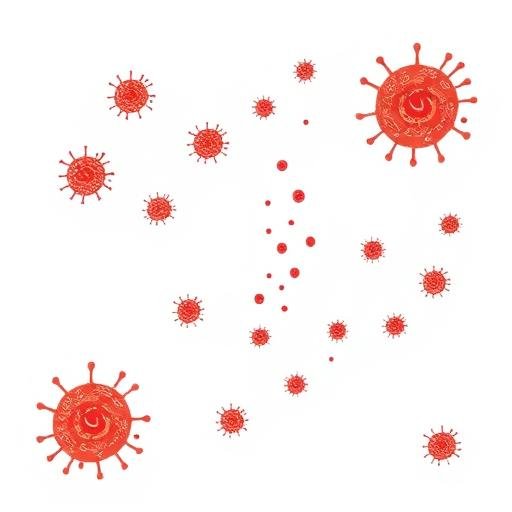Immunity and Immunization, with immunity as key principle of immunology, is the capability of the body to fight off foreign entities called antigens. As medical laboratory scientists, it is critical to comprehend the functioning of immunity for proper diagnosis, effective treatment, and vaccine development. Although humans have been trying to avert illness for centuries, the field of immunology has been pursued in an organized manner only in the past 100 years. Now, discoveries like cellular and humoral immunity form the basis of current diagnostics and therapeutics.
Question: In what ways has our knowledge of immunity revolutionized how we combat infectious disease?
A Brief History of Immunology
The human attempt to thwart disease in its tracks started centuries ago. The initial documentation goes back to 1500s China, where variolation was performed by inhaling powdered substance from smallpox scars to develop immunity. While dangerous, it set the stage for future breakthroughs.
In the late 1700s, Edward Jenner’s observation that milkmaids exposed to cowpox did not develop smallpox led to the development of vaccination—a term derived from vacca, Latin for cow. Vaccination exemplifies cross-immunity, where exposure to one pathogen offers protection against another.
The 1800s witnessed Louis Pasteur making the discovery of attenuation—pathogen weakening for vaccine creation—resulting in vaccines against chicken cholera and rabies. Pasteur’s research is a great example of how knowledge of pathogen behavior improves disease prevention.
Question : What can we learn from history regarding the significance of vaccine development?
The Mechanisms of Immune Response
Immunity can be divided into two general types:
- Natural (Innate) Immunity
- Acquired (Adaptive) Immunity
Natural immunity is the initial defense, is present at birth, and consists of physical barriers such as skin and mucous membranes, and also internal responses such as phagocytosis. It is non-specific and does not increase with repeated exposure.
Acquired immunity develops after exposure to pathogens and involves specific responses, including antibody production and memory cell formation, leading to faster and stronger reactions upon re-infection.
Example: Natural immunity can be likened to a city wall that serves as a fortress, while acquired immunity is similar to a military force that becomes more effective at recognizing and fighting particular enemies over time.
External and Internal Defense Systems
External defenses keep pathogens from entering the body and consist of:
- Skin and mucous membranes
- Excretions like perspiration, saliva, lacrimal fluid, and gastric secretions
- Normal flora that outcompete pathogenic microbes (e.g., intestinal bacteria)
Question: How do secretions like stomach acid and saliva contribute to immunity?
Internal defenses trigger when external defenses have been penetrated:
- Cell components: phagocytes ingest and kill invaders
- Humoral factors: circulating proteins such as antibodies and acute-phase reactants
Example: If bacteria evade skin barriers, macrophages (one of the phagocytes) are able to recognize and kill them by phagocytosis.

Cellular versus Humoral Immunity
The argument between cellular (cell-mediated) and humoral (antibody-mediated) immunity was at the core of early immunology. We now know they cooperate:
- Cellular immunity: Requires T-cells to assault infected cells.
- Humoral immunity: B-cells produce antibodies that neutralize pathogens.
Almoth Wright’s contribution in 1903 showed that both systems work together, with serum factors (such as opsonins) facilitating phagocytosis.
Can you think of an example where both cellular and humoral immunity are essential?
Practical Applications in Medical Laboratory Science
Understanding immunity informs:
- Diagnostic tests (for example, antibody levels) – Development and testing of vaccines
- Tracking immune responses in patients
Question: Why is it relevant for laboratory scientists to differentiate between innate and acquired immunity in clinical samples?
Conclusion: The Future of Immunology
Developments in immunology are also transforming medicine, ranging from tailored vaccines to cancer immunotherapy. As future medical laboratory scientists, your contributions to immune response interpretation are critical to disease prevention and control.
In what ways can emerging immunological research enhance patient care in the future?
References & Further Reading
- Janeway, C. A., et al. Immunobiology: The Immune System in Health and Disease. 8th Ed., Garland Science, 2012.
- Murphy, K., et al. Janeway’s Immunobiology. 9th Ed., Garland Science, 2016.
- Roitt, I., et al. Essential Immunology. 13th Ed., Wiley-Blackwell, 2017.
- Abbas, A. K., et al. Cellular and Molecular Immunology. 10th edition, Elsevier, 2017.

